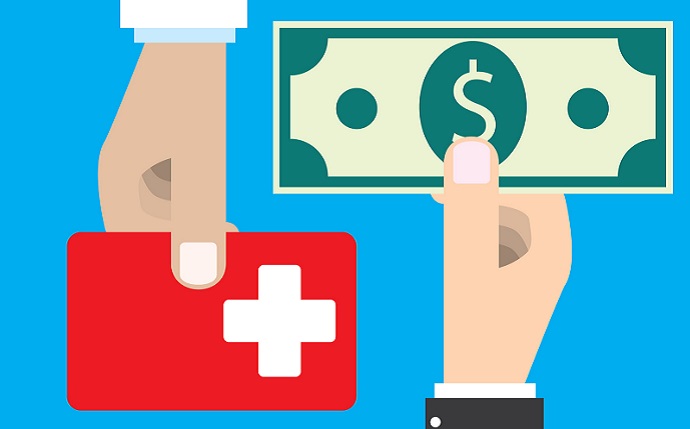Confronting Indirect Patient Healthcare Cost Hurdles, SDOH
Patients face healthcare costs barriers such as transportation prices and the cost of taking time off work.

Source: Thinkstock
- Patients face numerous indirect healthcare cost hurdles that impact their ability to access treatment, according to a recent guidance from America’s Essential Hospitals.
The guidance, which comes as a part of an entire library of resources for discussing care costs with patients, outlined the list of indirect costs of care patients face. Indirect costs of care include the expenses patients face when seeking healthcare that are not necessarily tied to a medical bill. They include but are not limited to:
- Cost of travel or transportation (gas, parking)
- Time of travel
- Cost of food (during travel to and time at appointments)
- Cost of child or elder care (needed for when patient is accessing care)
- Patient and family work productivity or lost wages
- Burden on family or caregivers
- Administrative burden (time spent communicating with insurance company, coordinating care)
- Required wellness activities (diet modifications and regular exercise)
- Patient and family education or skill building (learning how to self-inject, how to operate an oxygen tank)
For example, a pregnant woman taking the city bus to her appointments can rack up a bill of nearly $2,000, America’s Essential Hospitals reported. That high cost may deter the patient from seeking care as often as she may need to. This is especially risky if she experiences complications during her pregnancy.
Although not all of those items have a tangible monetary value, they represent a cost that impacts a patient’s ability to engage with the healthcare industry.
Understanding these factors can help shape patient-provider communication about healthcare costs. As most doctors confront the issue of high patient financial responsibility, they may first need to address the root issue of indirect healthcare costs. A doctor cannot begin to help with medical bills if the patient is unable to afford a shift in their work schedule to get to the appointment.
It is important to note that all patients can experience these indirect costs of care. However, low-income patients or patients who are otherwise socially vulnerable tend to experience these issues more often.
Indirect costs of care are tied to the social determinants of health (SDOH), or the factors that impact an individual’s ability to obtain health, America’s Essential Hospitals noted.
“Some practices conduct SDOH screenings to understand patients’ needs,” the report authors wrote. “The incorporation of results from SDOH screenings into the medical record can help you: identify if your patients are experiencing significant competing costs, hold more targeted [cost of care] conversations, and refer them to appropriate resources.”
Organizations can begin discussing indirect care costs by using signage throughout the facility to point out and then address these costs with patients. This will destigmatize issues and help patients identify the indirect costs they incur.
From there, providers should tailor care plans to individual patient needs to help patients overcome challenges.
Is there a way to forego some appointments? Can the doctor write a longer prescription so the patient doesn’t have to travel to the pharmacy? Are there remote care options?
Turning to community groups will help providers address indirect care costs with patients, the report stated. Providers should connect with the organization’s social worker or community health worker to help patients. Additionally, cooperating with community services such as Meals on Wheels can help mitigate the SDOH.
Finally, organizations should create patient-facing resources to empower patients and caregivers to reach out to sources themselves. Those resources, combined with community groups the hospital itself has formed, can help confront the indirect cost challenges that so often deter patient care access.
This report came as a part of America’s Essential Hospital’s online library of cost conversation resources. Published with funding from Robert Wood Johnson Foundation (RWJF), this library aimed to equip provider organizations with the tools necessary to identify and overcome cost issues in the healthcare space.
“The vulnerable patients our hospitals treat often face language barriers, financial hardships, and low health literacy,” America’s Essential Hospitals president and CEO Bruce Siegel, MD, MPH, said in a statement. “This can hinder their ability to understand the cost of a procedure or to weigh treatment options, which can lead to health disparities. We appreciate the support of RWJF as we work to close those gaps.”
Seventy percent of patients want to discuss cost of care issues with their providers, but only 28 percent of them have the opportunity to do so, according to polling done as a part of the project. This library aims to help providers address that key patient need.
“We know patients want to talk to their providers about the cost of care, and providers want patients to feel comfortable doing so,” said Kalpana Ramiah, DrPH, MSc, vice president of innovation at America’s Essential Hospitals and director of Essential Hospitals Institute. “Evidence-driven tools, like the ones in this resource library, will help pave the way for these important conversations.”
